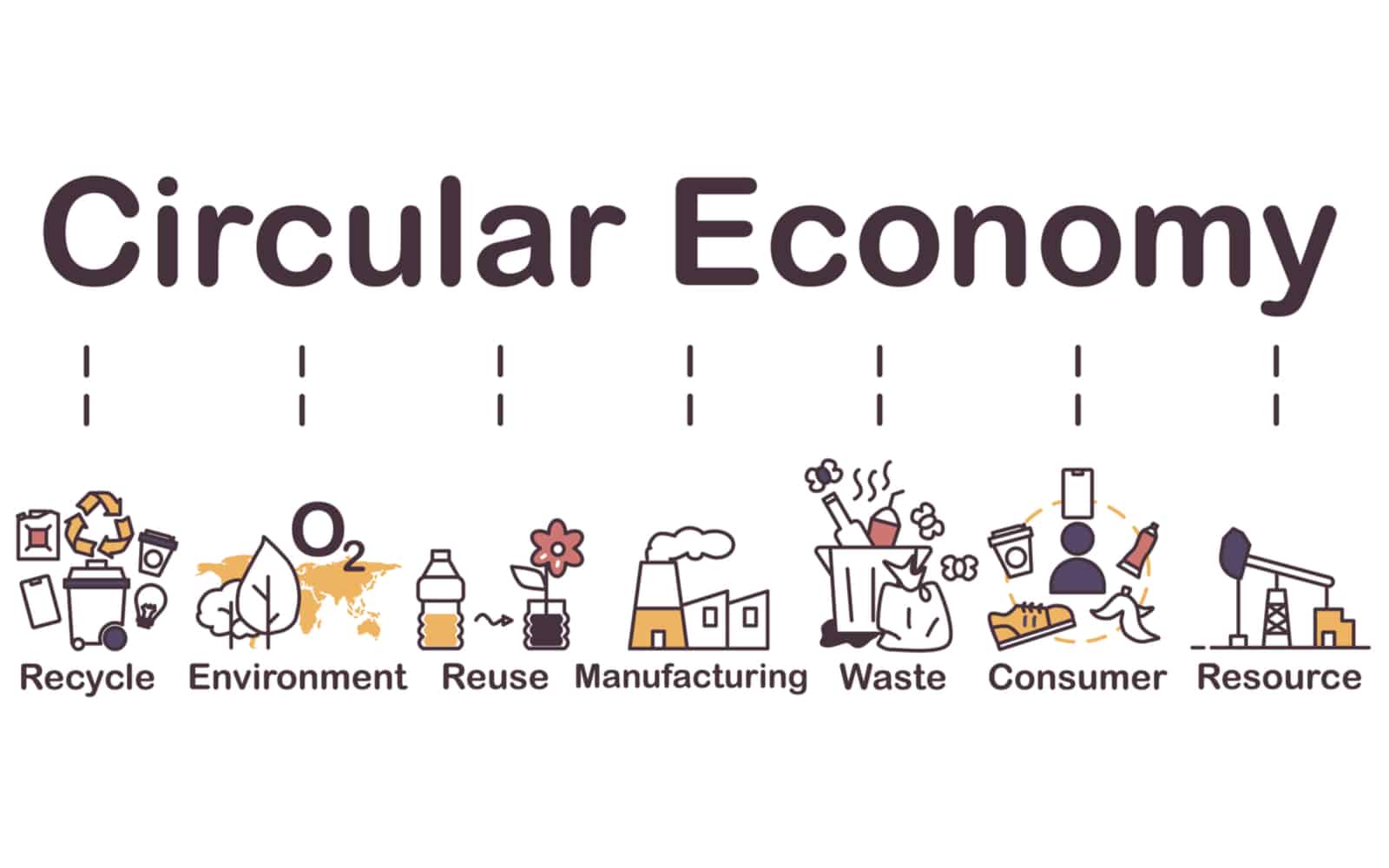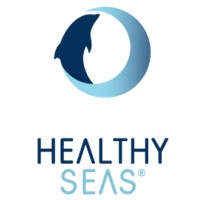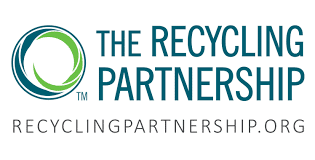While focused on improving recycling in the United States, this report lays out thinking that can be applied to many other nations. The problem is that the U.S. residential recycling system has not grown significantly in 20+ years. The Recycling Partnership believes that this is due to its inability to serve the entire U.S. population with fully optimized collection systems, provide comprehensive education and outreach, and create an adequate materials recovery facility (MRF) infrastructure.
Even though Americans back recycling by strong majorities, 40% of American households cannot recycle materials easily. The report lays out an ambitious five year, $17B programs to make curbside recycling as easy and as commonplace as everyday trash disposal. Using a social cost of carbon figure of $51/ton, disposing of currently unrecovered residential recyclables results in a cost impact of $4.7 billion per year.
Strategy
The Recycling Partnership’s strategy presented here is backed by many large, multi-national corporations, e.g., Coca-Cola and Procter and Gamble and scientific institutions, e.g., The American Chemistry Council. The Partnership makes its recommendations based on interventions in 2000+ communities.
The report’s focus is on single family and multifamily residences, not on commercial or institutional recycling, composting, or the creation of markets for recycled materials, although these topics are addressed in a tangential fashion.
The analysis contends that the proposed investment would result in a doubling of the recycling rate in the US. Educational innovations leading to behavior change on the part of consumers who will be better informed about what to recycle, modernized and upgraded materials recovery facilities (MRF) to accommodate all packaging materials currently found in the home, including those not typically collected in residential programs, like film and flexible plastics are key elements of the approach outlined here.
Specific proposals include upgrading 375 MRFs and building 57 new MRFs to “improve capacity, efficiency, bale quality, and material value. The model also includes 71 major and 133 minor hub-and-spoke systems that aggregate and deliver remotely collected material to centralized MRFs, allowing more cost-effective rural access. (move remotely collected material efficiently to centralized processing centers)”
Appendices
Informative, well-illustrated and detailed appendices cover:
- Specific Actions Needed for Flexible Plastic Packaging, Including Pouches, Bags, and Wrap
- Increases in the tonnage of various recyclable materials
- Potential Sources of Capital to Achieve Equitable and Informed Access
To know more, find the report here.




